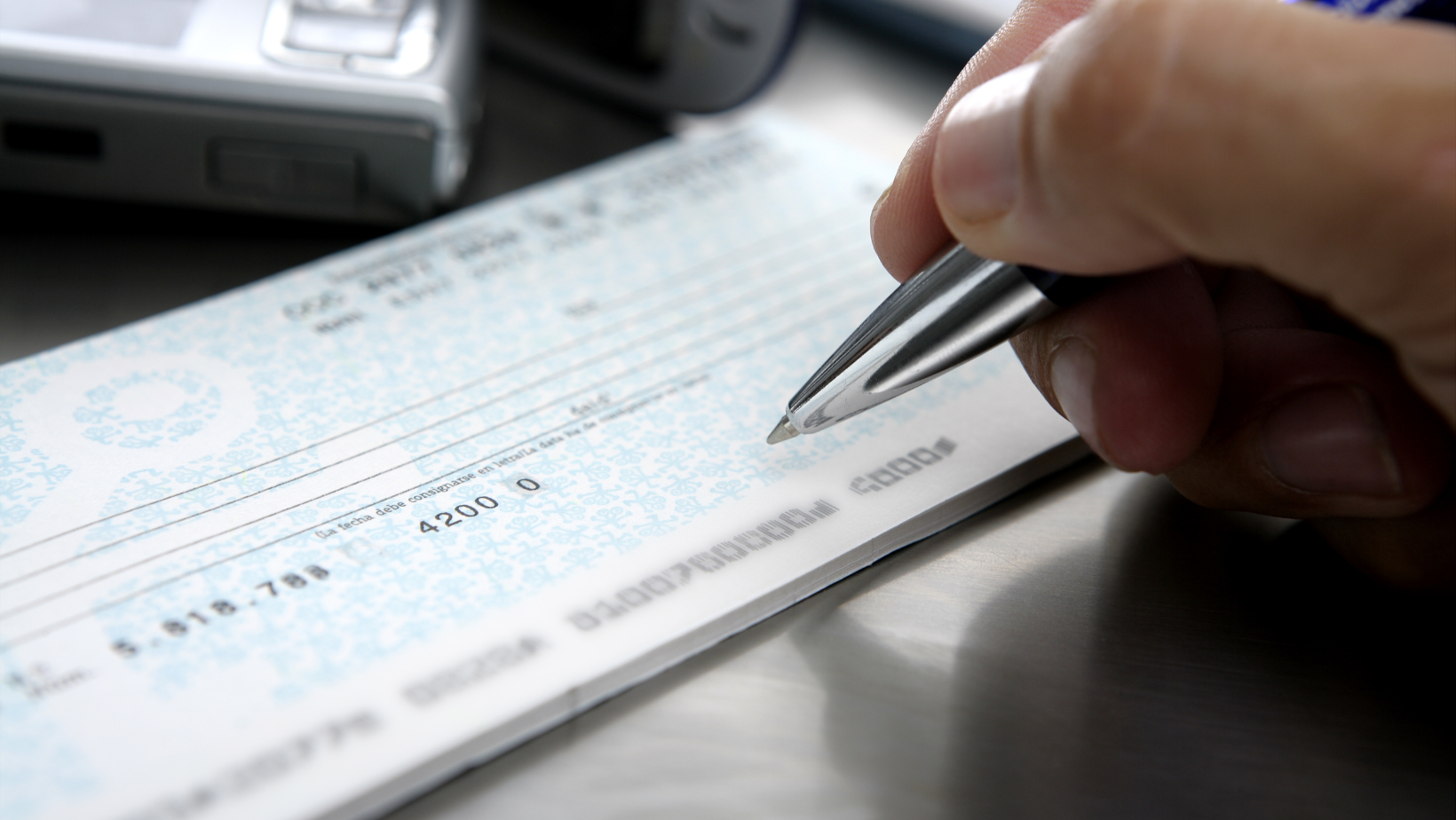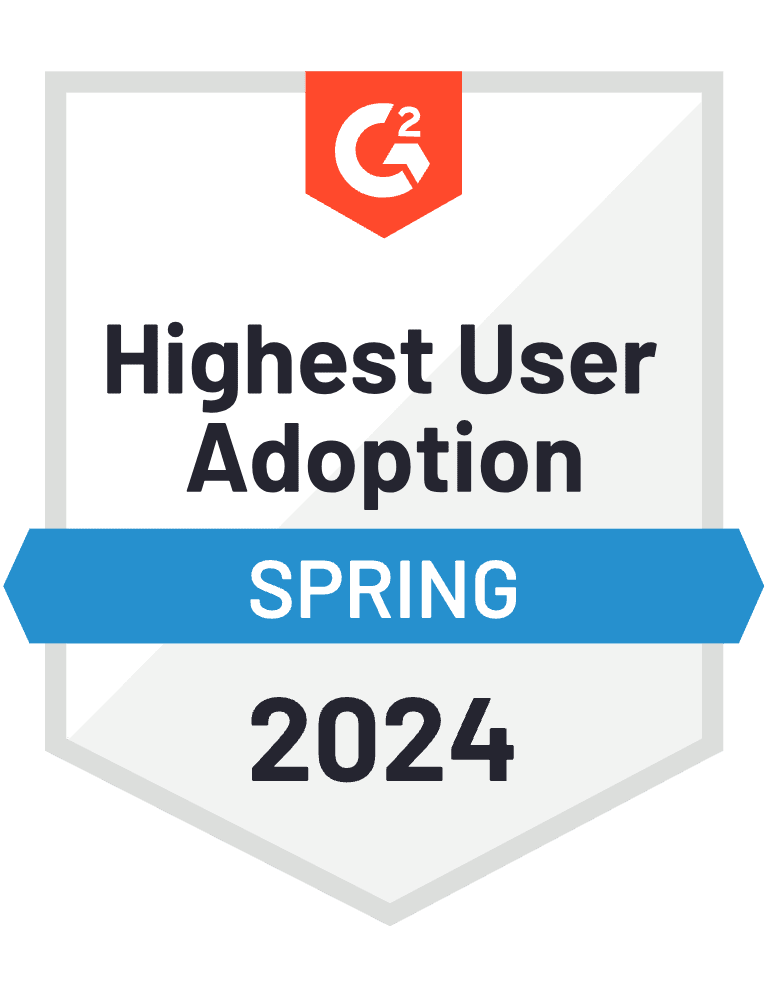A more-apt title for this would be “Why PayPal hasn’t improved eChecks in the last 7 years, and our thoughts on why it might be time to revisit that” – but, we’ll keep it short and sweet 🙂
It’s almost 2018, and the days of instantly sending and receiving money are here – and here to stay. With Apple Pay Cash launching last week, it joins the ranks of Google Wallet, Venmo and countless other systems that allow you to easily transfer money from one bank account to another – with (usually) no transaction fees.
And, not to be forgotten, sending money to friends/business through your online banking has become much easier in 2017. Using systems like Zelle, known more commonly as “Bank Transfer” – you can send money to anyone with an email address, right from your online banking account (with most major financial institutions) – and the funds will be in their account within minutes.
Yet, while we’re able to instantly send funds in so many different ways, with so many different apps – PayPal is still using the “eCheck” as the only way to pay with your PayPal account, if you don’t have enough funds and no card is added in your PayPal Account. Some might see this as an edge case – but for the past 7 years, we’ve seen this happen way too often to be an edge case.
But, you may ask – why is an eCheck so horrible? You still get paid, right? Yes – but we’ve finally reached our frustration limit with the downsides of accepting eChecks, and we believe these downsides are very legitimate.
Firstly, when the vendor is paid with an eCheck, it takes 5-7 days (normally) for that eCheck to clear. Within that time, it’s extremely hard for the customer to cancel that eCheck if they need to – and impossible to track the status of it. So, both us and our client have no other choice but to wait while PayPal takes 5-7 days, and sometimes more – to pull funds from the user’s bank account and send it to our PayPal. All while we could have instantly received the funds via Zelle, Google Wallet or more – with no transaction fee.
Secondly, (and most importantly), this begins to create several complicated scenarios when it comes to recurring billing. Like most medium-large businesses, we use an automated billing system to manage client accounts, generate invoices and automatically capture charges. In fact, we built our own PayPal payment gateway to allow us to automatically bill our users without them having to login and pay with PayPal each month. So – when an invoice is captured, and the client either doesn’t have enough funds in their account – or doesn’t have a backup card added to their PayPal account, PayPal generates an Echeck – and we receive an email letting us know we “might” receive the funds in 5-7 days.
Now, if this was a one time occurrence, that’s fine – everyone can deal with a few edge cases. But, what’s the best way to handle this in scale? Should the invoice be marked as paid, or unpaid? We can’t mark it as paid, as we haven’t actually received the funds (and we might not – 40% of the time, in our experience, the funds won’t clear the client’s bank). But if we keep it as unpaid, the client wonders why it hasn’t been paid – as after all, PayPal pulled the funds from their account on the same day, but access to their service with us has been suspended. Also – if we keep it unpaid, there’s the risk that the client might login, see it’s not paid, and click Pay – initiating yet another eCheck, and doubling the problem.
Additionally – there’s the accounting consequences to consider. If we choose not to record the payment until we receive it (per GAAP, and logic (you wouldn’t want to record a payment you might not receive, and risk forgetting to void or cancel it with accounting), then the invoice remains open in QuickBooks. No problem there, except that PayPal decides to count that “echeck created” transaction as an actual ledger entry in our PayPal account – which is then pulled into the QuickBooks bank feed misrepresented as an actual transaction…fooling accounting into thinking the payment was actually received.
eCheck failed, and was initiated again? Now that’s two entries in PayPal that get pulled into a QuickBooks bank feed as actual payments – extending the chaos from billing to accounting.
We have more than a bit of experience with QuickBooks, and accounting in general – and this just sucks all around. When the payment does finally clear – although we can set it to automatically pay the invoice in our billing system – at this point, the damage has been done:
- Duplicate payments showing up in our PayPal feed and pulled into accounting
- Client confusion as they wonder if/when their payment will clear, and why they’re denied access to their service from us in the meantime
- Admin/billing confusion as we wonder if/when their payment will clear, and decide whether or not to extend their service with us in the interim
In our opinion, eCheck has long outlived its usefulness. We believe PayPal can do a far better job in both recording and tracking eCheck payments in their system, as well as in the length of time the eCheck is “pending”. This is why we’ve decided to no longer accept eCheck payments (via a setting in our PayPal account) – to make life easier for our customers, admin/billing team – and accounting team. As a viable alternative, we recommend Stripe ACH or a traditional credit/debit card on file.














